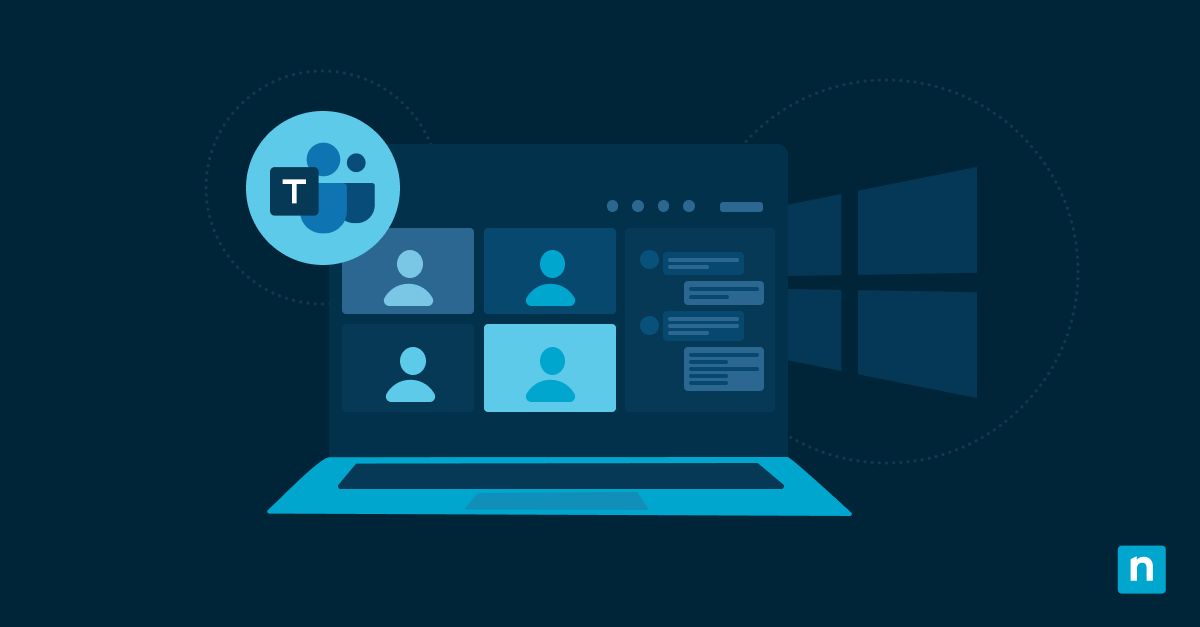Does your IT team struggle with AI adoption despite successful technical implementations? It might be because you’re treating AI as purely a technology challenge rather than the transformation initiative it is.
To fully realize the benefits of AI across your business, you need systematic change management to convert technical capabilities into operational advantages. When you integrate organizational change management (OCM) into your AI strategy, you’ll achieve faster deployment cycles, higher user adoption and measurable efficiency gains that compound over time.
Why is AI adoption important for IT teams?
AI adoption transforms how IT operations work by reducing manual workloads, accelerating problem resolution and optimizing resource allocation across complex infrastructure environments. When you successfully implement AI solutions, you’ll see significant improvements in incident response times, predictive maintenance capabilities and automated workflow processing that directly impact your operational efficiency.
All of this can translate into long-term business gains like lower operational costs and improved service quality across the board. AI-driven insights help IT leaders make smarter decisions about capacity planning, risk management, and resource investment. Over time, this builds a more resilient, scalable IT environment that can support innovation without adding headcount or complexity.
What is OCM in the context of AI?
OCM is a methodology that includes structured frameworks that guide organizations through the human and process elements of technology transformation. OCM provides systematic methods for addressing resistance, building competencies, and establishing sustainable adoption patterns that ensure AI investments deliver measurable returns.
This includes preparing teams for new workflows, aligning leadership on strategic priorities, and creating communication plans that foster trust and clarity around AI’s role in day-to-day operations. The framework bridges the critical gap between technical deployment success and organizational utilization by focusing on people, processes, and cultural adaptation rather than just technology implementation.
Key steps for strategic AI adoption with OCM
When you implement OCM to guide strategic AI adoption, you have a much greater chance of achieving increased efficiency and positive user feedback. Follow these steps to promote organizational change:
1. Assess readiness and set clear objectives
Begin by evaluating your current infrastructure capabilities, team skill levels, and organizational attitude toward technology adoption. Use this information to set clear objectives that align with specific operational improvements such as reduced incident response times, increased automation rates, or improved resource utilization metrics.
2. Communicate benefits and progress
Keep everyone in your organization in the loop on the progress of your AI strategy adoption, including your executive team. Focus on demonstrating tangible operational improvements to build sustained support across your technical teams. Provide regular progress updates that highlight specific efficiency gains, cost reductions and workflow improvements, especially those that directly impact daily operations.
Benefits you’ll see include:
- Reduced manual task completion times through automated workflow processing.
- Improved incident detection and resolution speeds via predictive analytics.
- Enhanced resource optimization through intelligent capacity planning.
- Accelerated troubleshooting capabilities using AI-powered diagnostic tools.
3. Provide training and support
Your training programs must address both technical implementation skills and practical application knowledge to ensure teams can apply AI tools in their daily workflows. Include accessible documentation, peer mentoring programs, and escalation pathways that reduce learning curves and minimize adoption friction. When you establish these kinds of ongoing support mechanisms, you create confidence in using these AI tools while building internal expertise that sustains long-term adoption success.
4. Measure success
Build success measurement frameworks that track both technical performance metrics and organizational adoption indicators to validate your AI investment returns. Key metrics you should monitor include:
- User engagement rates
- Task completion efficiency improvements
- Cost reduction achievements
Regular assessment cycles enable you to continuously optimize both AI tool configurations and change management strategies based on actual usage patterns and outcomes.
How OCM drives successful AI adoption
OCM transforms individual AI deployments into organization-wide capability improvements that keep your business innovating and growing. Strategic AI adoption powered by OCM can have a compounding effect on your business, where each successful implementation builds confidence, sharpens expertise, and accelerates future deployments across the organization.
Aligning leadership and vision
Leadership alignment ensures consistent messaging and resource allocation throughout your AI adoption process while establishing clear expectations for operational improvements. Your technical leaders must articulate a vision that connects your AI capabilities to measurable business outcomes, such as reduced operational costs, improved service delivery, or enhanced system reliability. This alignment creates organizational momentum that supports sustained investment in AI initiatives and overcomes resistance to workflow changes.
Engaging stakeholders across departments
Cross-departmental engagement builds comprehensive support networks that accelerate your AI adoption by addressing diverse operational needs and concerns. When you create effective stakeholder engagement, you build feedback loops that improve AI tool configurations while building organizational buy-in for necessary process changes.
Stakeholders you should engage include:
- Operations teams that will use AI tools for daily workflow optimization
- Security personnel responsible for AI system governance and compliance
- Finance departments tracking ROI and cost optimization metrics
- End users whose workflow efficiency directly impacts adoption success
Building organizational capability
Your organizational capability development should focus on creating internal expertise that sustains AI adoption beyond initial implementation phases. This involves establishing centers of excellence, developing internal training programs, and creating knowledge-sharing platforms that embed AI competency as institutional knowledge — retained even if key individuals leave. By focusing on capability building, you ensure your organization can adapt AI tools to evolving operational needs while maintaining high adoption rates across diverse user groups.
Managing resistance and change
To drive AI adoption, you need to get ahead of resistance. That means identifying the real blockers early, whether it’s fear of job loss, workflow disruption, or uncertainty about the value AI brings. Tackle these head-on with clear, honest communication, hands-on demos and practical training that shows exactly how AI makes work easier, faster, or more strategic. Give people a clear path to upskill and position AI as a tool that enhances their role, not replaces it. When teams feel informed, involved, and equipped, adoption accelerates and productivity stays on track during the transition.
Common pitfalls when skipping OCM in AI projects
Even the most advanced AI solutions can underdeliver if you neglect the human side of transformation. Skipping OCM can turn technical success into business failure. Without it, AI initiatives often stall or fail to generate measurable impact. Here’s what that looks like in practice:
- Low adoption: Teams don’t understand how AI fits into their workflow or how to actually use the tools, so they avoid them.
- Rising resistance: Without transparency, people worry about job security or feel excluded, leading to passive or active pushback.
- No real ROI: The tech is live, but there’s no measurable gain in productivity, efficiency, or cost savings.
- Poor communication: Teams are unclear on goals, timelines, or success metrics, creating confusion and friction.
- Steep learning curves: Without proper training or ongoing support, frustration builds and momentum stalls.
- Missed insights: Frontline teams aren’t looped in, so valuable feedback that could improve outcomes never surfaces.
Bridge the gap between AI deployment and adoption
Eliminate repetitive IT tasks, accelerate ticket resolution and gain full visibility across your endpoints with NinjaOne’s intelligent automation platform. Trusted by thousands of IT teams worldwide. Start your free trial today.








